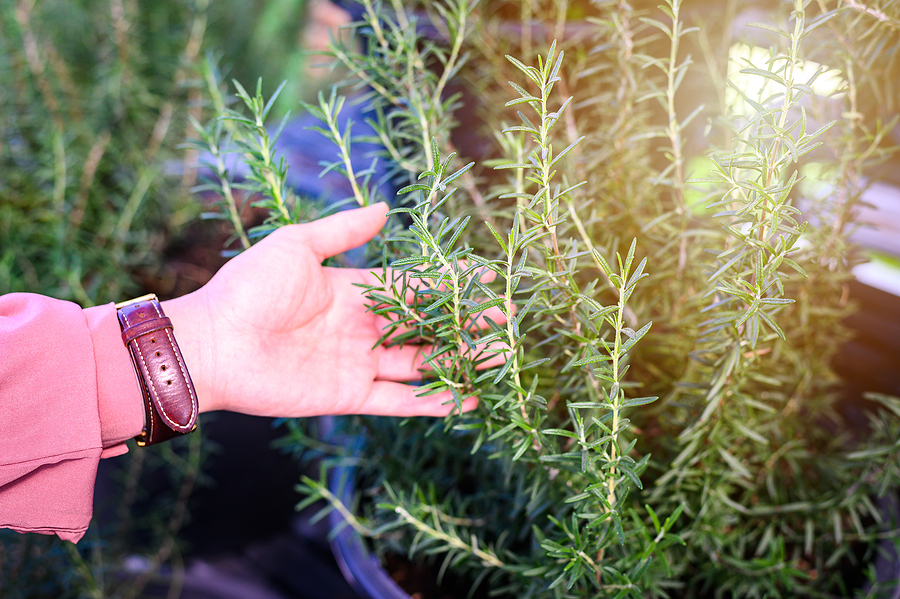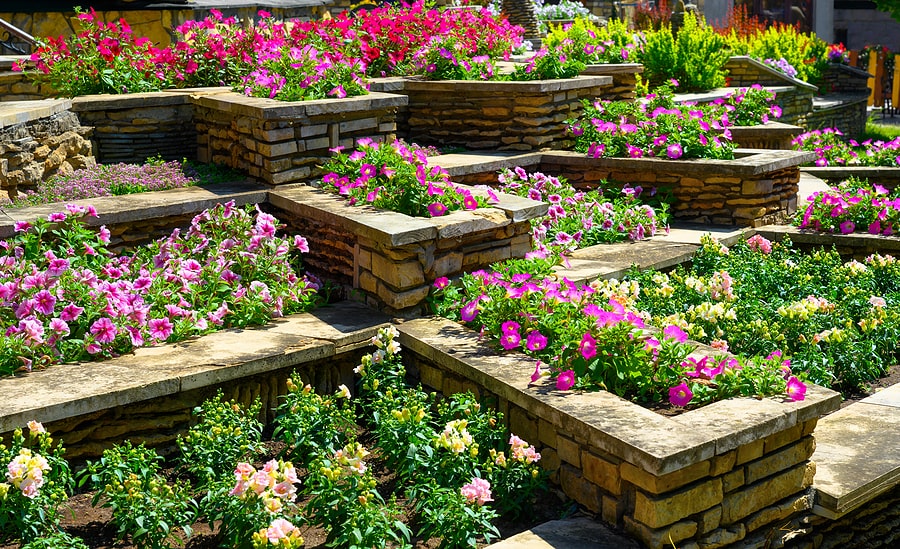Is your garden missing a little bit of the wow factor? Are you looking for a new plant to spice up your garden soil? Or are you in the market for a beneficial and beautiful addition to your home?
Alas, if you’ve answered yes, then we’ve got the best solution for you! Highlighted below are the new additions to your garden: rosemary. This plant is sure to give you and your garden vibrancy with its vivid colors and aromatic oils. Thus, continue on reading below and learn all there is to know about growing your rosemary:
An Introduction To Rosemary
Boasting feet of 3.3 up to 6.6, rosemary will cover your garden with its linear leaves and pine needles. Its small flowers will add color to your garden, and although they can be vulnerable to fungal diseases and infections, they are primarily resistant to insects and pests.
Rosemary will awe your garden bed with its dark green leaves topped with a curled white underside. Since rosemary plants are evergreen perennials, they would look good whether potted in your kitchen or your garden bed. Thus, it will always show off its elegant foliage all year long.
Benefits Of Rosemary
Rosemary was a beacon of fidelity, and it was believed to enhance memory as found in folklore and literature during ancient times. This perennial was even found to lower anxiety levels and improve one’s memory in college students in a 2017 study.
If eating or ingesting rosemary is too much for you, even smelling it for a couple of minutes is enough for the body. In 2012, a study found out that healthy adults who inhale the sweet aroma of rosemary for four to ten minutes show an improvement in concentration, mood, and even performance.
Caring And Growing Rosemary
From Seed
If you want to grow rosemary from seed, you will need plenty of time and patience as seeds take three months to germinate – this is if the environment and growing conditions aren’t ideal. However, if the conditions are perfect, expect your seeds to germinate faster.
It’s best to collect or purchase seeds in the summer and sow them indoors in trays filled with sterilized starting mix. You will want to barely cover the bases with soil and maintain the upper ground moist and the bottom warm to ensure the best growing environment for the seed.
Once the seeds have germinated, moisture still needs to be maintained in the ground but overwatering them must be avoided. For this, you will need to use a spray bottle for the seedlings in case the top of the soil dries out.
From Stem Cuttings
Stem cuttings are also good if you want a new batch of rosemary in your garden. For this, you will need to collect six to eight inches of stem cuttings from old wood. And before you plant three or four stems in a six-inched pot, you will first have to remove the leaves from the lower part and cut the ends to form a rooting hormone in the branches.
For your plants to lusciously grow, you will have to water them well and set them in a sheltered area outdoors where they’re able to bask in the morning sun.
Growing Rosemary
Sunlight
Rosemary will need full sun for it to be happy and glowing. With this, you will have to place it in an area in your garden where it receives total exposure throughout the entire day.
Soil And Food
The planting site should be deep as the roots tend to grow twice as wide as before. Additionally, you will have to mix the soil with ⅓ of organic matter like aged manure or compost to give your perennials the best ground to grow in. Lastly, the soil needs to have good drainage for the water to settle in well and give moisture without losing it quickly.
During the winter, the soil needs to have an extra layer of mulch over its roots to protect itself from the harsh weather. The mulch will need to be four to six inches to prevent it from freezing.
Water
These evergreen perennials aren’t that picky when it comes to water. You will only need to water your plants whenever the top inch of the ground is dry. Because of this, you don’t have to water your rosemary all the time.
Pruning
Pruning keeps your rosemary compact. Thus, you will have to prune them after they flower – in the late spring and even to midsummer. Never prune during late autumn, as this perennial needs time to harden. So if you do, they won’t be able to survive the cold temperatures of the winter.
Takeaway
Rosemary will surely be a great addition to your garden with its tiny flowers, evergreen leaves, and medicinal benefits. And for you to enjoy its accompanying benefits, you will only have to plant them in your garden. Thus, get your shovel and gloves, and apply all that you’ve learned in the ABCs of rosemary!
Image Source: BigStockPhoto.com (Licensed)
Related Categories: Garden, Reviews








